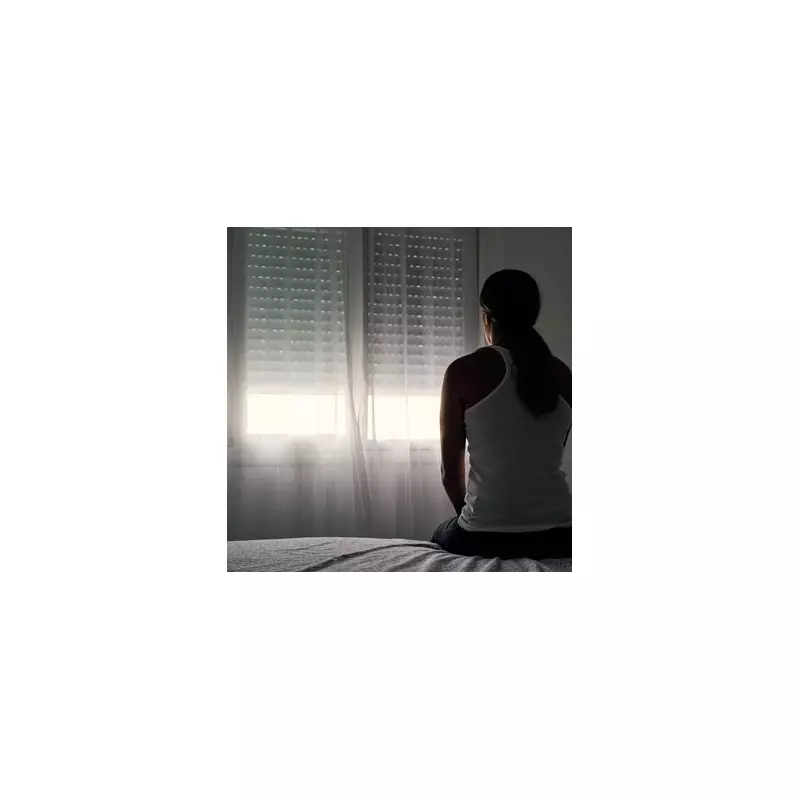
As the days shorten and temperatures drop across the United Kingdom, many Britons find their mood mirroring the gloomy weather outside. This common experience has a clinical name: Seasonal Affective Disorder (SAD), a genuine medical condition affecting millions nationwide.
Understanding Seasonal Affective Disorder
Recent data reveals a significant surge in public concern about this condition. Over the past 30 days alone, searches for Seasonal Affective Disorder have increased by 60%, reflecting a pattern that emerges every November as winter tightens its grip.
SAD represents a form of depression that follows a seasonal pattern, with most cases being the autumn-onset variety commonly known as "winter depression." Symptoms typically begin in late autumn and peak during the darkest winter months. A less common spring-onset variety, sometimes called "summer depression," also exists.
Approximately two million people in the UK are believed to experience SAD, which can trigger serious depression symptoms lasting for months.
What Causes SAD and Who's Most at Risk?
Dr Elena Touroni, a consultant psychologist and co-founder of The Chelsea Psychology Clinic, explains the primary mechanism behind winter-onset SAD. "SAD is particularly prevalent in winter as we get less light and less Vitamin D in the winter months," she told the Mirror.
The so-called 'sunshine vitamin' plays a crucial role in regulating mood by influencing the release of mood-boosting neurotransmitters dopamine and serotonin.
Regarding vulnerability, Dr Touroni noted that SAD affects women more frequently, with approximately four out of five people with the condition being female. Beyond gender, she observed that "people who are more likely to experience SAD are those who are already vulnerable to emotional instability."
Recognising Symptoms and Finding Treatment
The National Institute for Health and Care Excellence (NICE) recommends treating SAD similarly to other forms of depression, which may include therapies like cognitive behavioural therapy or antidepressant medication when appropriate.
Alongside professional medical treatment, Dr Touroni suggests several practical strategies to manage SAD symptoms:
Maximise natural light exposure: "In the winter months, it can be tempting to stay indoors, but lack of light is linked to low mood. Prioritise getting outside, even if it's just for a half-hour walk around your local park."
Incorporate daily physical activity: Exercise releases feel-good hormones that provide a natural mood boost while helping the body manage the stress hormone cortisol more effectively.
Practice morning mindfulness meditation: This technique helps you assess your emotional state each day, allowing you to plan activities sensitive to your current mood.
Create a self-soothing kit: Dr Touroni recommends assembling comforting items that engage all five senses, such as a soft blanket, scented candle, soothing herbal teas, or a journal for recording thoughts.
Her ultimate recommendation emphasizes professional support: "Therapy can help you challenge the negative thought patterns which can exacerbate symptoms and develop a tailor-made plan to help you cope better with your mood shifts."
As winter continues to unfold across Britain, understanding Seasonal Affective Disorder represents the first step toward effectively managing this challenging condition that affects so many during the darker months.





